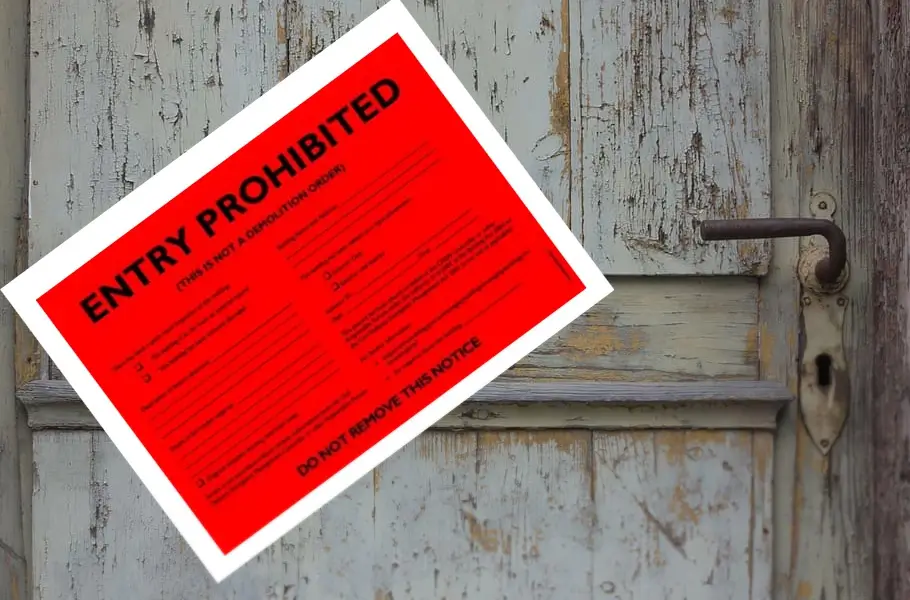Legal Insights

Before You Sign: How to Spot Franchise Red Flags
On the surface, franchising can look like a great way to get into business without starting from scratch.

Working in Aotearoa: What the 2025 AEWV Changes Mean for Migrants
Last month, changes to the Accredited Employer Work Visa (AEWV) came into effect, reshaping the landscape for many migrant workers and their families.

Thinking about Making a Will? Six Things You Should Know…
No one likes thinking about what happens after they’re gone.

Quick Guide: Changes to Accredited Employer Work Visas
Changes to Accredited Employer Work Visas for Employers hiring Level 4-5 jobs (April 2024) Recent changes have been announced by the government, in relation to the existing Accredited Employer Work...

The Government’s Weather-Affected Buyout Scheme: What to Expect
Background New Zealand has been struck by unprecedented weather events this year.

Coming to the end of your home loan fixed term and need to refinance?
Get in touch with our friendly property team at Corban Revell.

2021 Resident Visa – Fast-Tracked Residency
On 30 September 2021, the Government announced a new one-off residence visa pathway for some temporary work visa holders currently in New Zealand.



